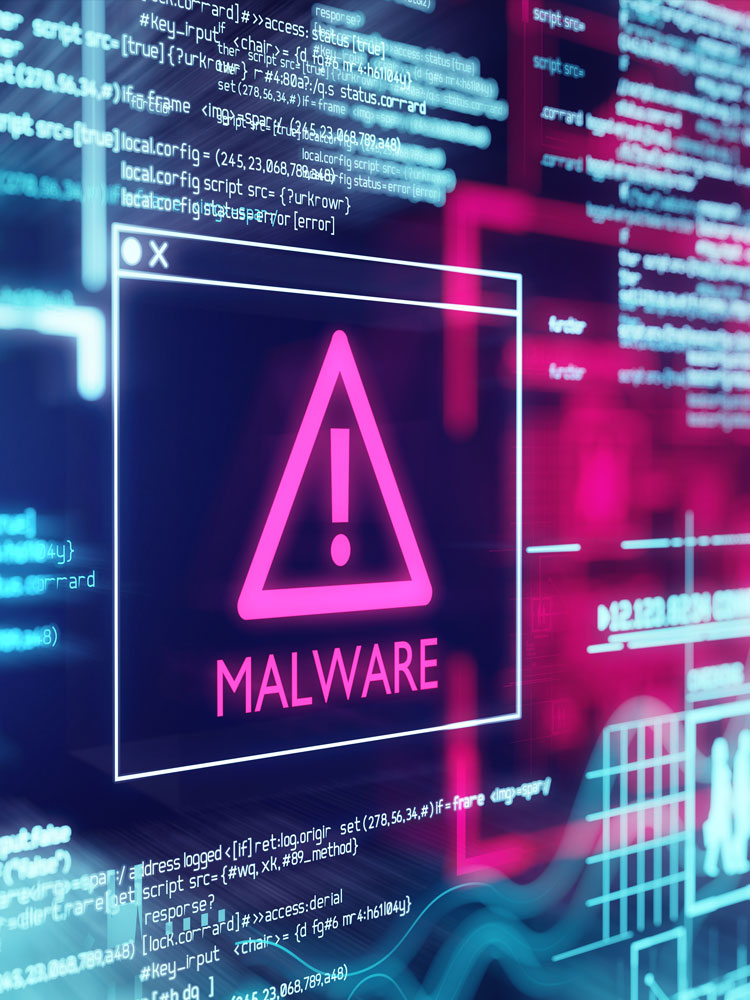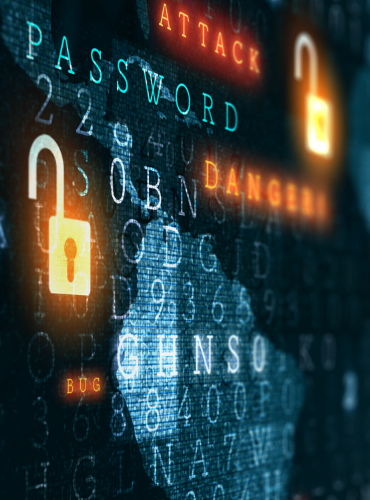Attackers will enter the estate typically through remote access points with stolen credentials, via a brute force attack or through exploitable vulnerabilities. Alternatively, a payload may be dropped onto an employee’s device from a phishing email attack to infiltrate the network.
At a critical time would you know what to do?









